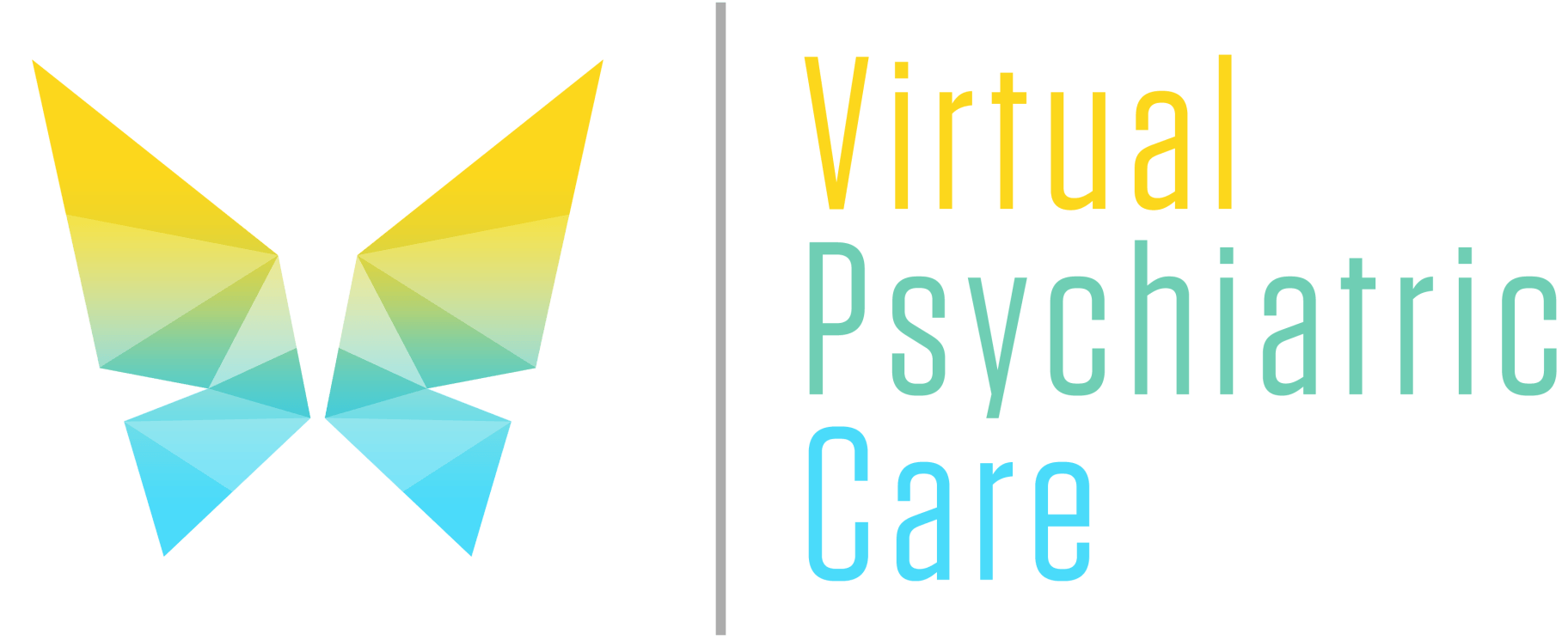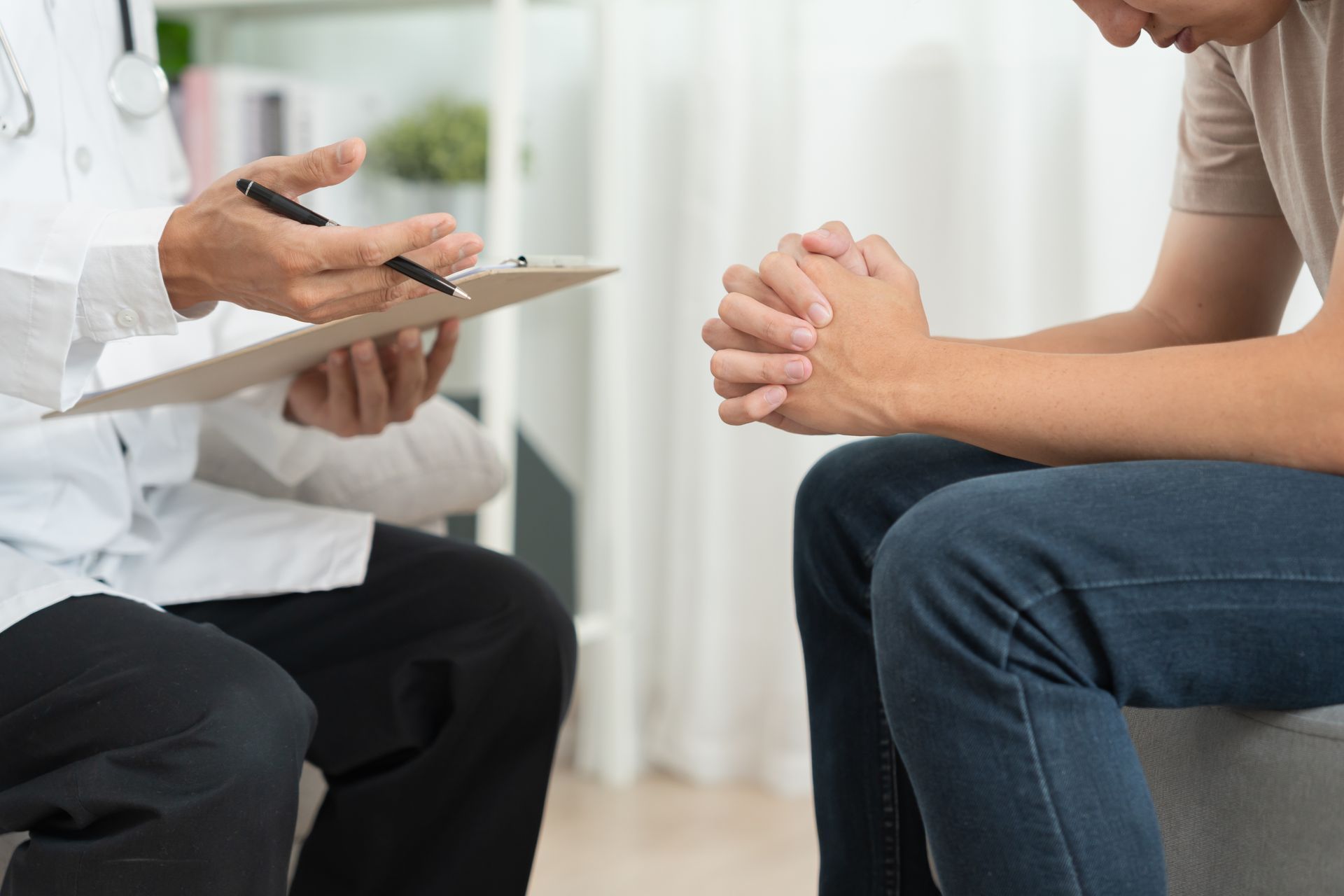Embracing Bipolar Disorder: Shining a Light on World Bipolar Day, March 30th

With World Bipolar Day fast approaching on March 30th, it's an opportune moment to illuminate a topic that is often shrouded in misunderstanding: Bipolar Disorder. Join us as we embark on a journey to unravel the complexities of this condition, striving to dismantle the stigma that surrounds it.
Together, let's delve into the reality of bipolar disorder, championing awareness and fostering a community of understanding and acceptance. Let's unite in our efforts to make a meaningful difference.
What is Bipolar Disorder?
Bipolar Disorder is a mental health condition characterized by extreme mood swings. People with bipolar disorder experience intense emotional highs, known as manic episodes, and lows, referred to as depressive episodes. These mood shifts can be disruptive and challenging to manage.
During manic episodes, individuals may feel euphoric, have high energy levels, engage in risky behaviors, and experience racing thoughts. On the other hand, depressive episodes are marked by feelings of sadness, hopelessness, fatigue, and loss of interest in activities once enjoyed.
The exact cause of bipolar disorder is not fully understood but likely involves a combination of genetic factors, brain chemistry imbalances, and environmental influences. It's essential for those affected by bipolar disorder to receive proper diagnosis and treatment from healthcare professionals to effectively manage their symptoms.
What Does Bipolar Disorder Look Like?
Living with bipolar disorder is akin to embarking on a tumultuous journey where the landscape of one's emotions shifts like tectonic plates beneath their feet. Picture a roller coaster ride through the psyche, where each twist and turn brings forth a new wave of sensations, from euphoric highs that touch the heavens to desolate lows that plunge into the depths of despair.
In the throes of mania, one is propelled into a whirlwind of frenetic energy, as if the very essence of vitality courses through their veins. Ideas spark and ignite like fireworks, illuminating the mind with a brilliance that borders on the divine. Yet, amidst this luminosity, sleep becomes a distant memory, usurped by the relentless pursuit of creativity, while impulse reigns supreme, guiding actions down paths both exhilarating and perilous.
Conversely, the descent into depression is akin to free falling into a bottomless abyss, where the weight of existence bears down with a gravity that defies escape. Colors fade to monochrome, joy dissipates like mist in the morning sun, and even the simplest tasks feel Herculean in their magnitude. Concentration becomes an elusive specter, haunting the fringes of consciousness, while apathy envelops like a shroud, smothering any flicker of hope beneath its suffocating embrace.
Yet, bipolar disorder transcends mere mood swings; it is a symphony of extremes that orchestrates chaos within the soul, disrupting the delicate balance of relationships, work, and daily routines with alarming unpredictability. And yet, amidst the tempest, there lies an indomitable spirit, a resilience forged in the crucible of adversity, unseen by those who merely observe from afar. It is a testament to the human capacity for endurance, a reminder that even in the darkest of nights, the flicker of hope still dances on the horizon, guiding the weary traveler towards the dawn of a new day.
How to Eliminate Bipolar Disorder Stigma?
Combating the stigma surrounding bipolar disorder necessitates a multifaceted approach that extends far beyond mere awareness. While education serves as a cornerstone in dismantling misconceptions, it must be coupled with concerted efforts to foster empathy, understanding, and tangible support for individuals grappling with this complex condition.
One avenue towards stigmatization lies in the realm of education and awareness. By disseminating accurate information about bipolar disorder, we can challenge prevailing myths and stereotypes that often breed discrimination. Through workshops, seminars, and educational campaigns, we can empower communities to engage in informed dialogue, fostering an environment of acceptance and compassion.
Moreover, fostering open conversations about mental health is paramount. Encouraging individuals to share their lived experiences without fear of judgment not only validates their struggles but also fosters a sense of solidarity and camaraderie. This can cultivate a supportive ecosystem wherein individuals feel emboldened to seek help and pursue treatment, thereby mitigating the adverse effects of the disorder.
A critical facet of combating stigma lies in challenging portrayals of bipolar disorder in media and popular culture. Far too often, sensationalized depictions perpetuate harmful stereotypes, perpetuating misconceptions and reinforcing societal prejudices. By advocating for authentic, respectful representations of individuals with bipolar disorder, we can promote empathy and understanding, reshaping public perceptions and fostering a culture of inclusivity.
Furthermore, advocating for policy changes and increased funding for mental health services is instrumental in dismantling systemic barriers. By championing initiatives that prioritize mental health resources, we signal a collective commitment to supporting those grappling with bipolar disorder and other mental health conditions. This not only enhances access to vital treatment and support services but also sends a powerful message of solidarity, affirming the worth and dignity of every individual within our society.
In essence, combating the stigma surrounding bipolar disorder demands a concerted effort rooted in education, empathy, and advocacy. By fostering understanding, challenging stereotypes, and advocating for meaningful change, we can cultivate a society wherein individuals living with bipolar disorder are embraced with compassion and support, free from the shackles of stigma and discrimination.
Why is World Bipolar Day Important
World Bipolar Day stands as an invaluable annual occasion, serving as a beacon of awareness and understanding for the multifaceted landscape of bipolar disorder, a mental health condition that reverberates across the globe, touching the lives of millions. It's a pivotal moment where the spotlight shines brightly on this often misunderstood illness, illuminating its nuances and complexities, while simultaneously dispelling the shadows of ignorance and stigma that too often shroud it.
This day of recognition is not merely a symbolic gesture; it's a catalyst for change, a call to action to educate and inform the public about the realities of bipolar disorder. Through a tapestry of advocacy initiatives, educational campaigns, and community gatherings, World Bipolar Day serves as a dynamic platform for dialogue and enlightenment. It's a space where voices are amplified, stories are shared, and bridges of empathy are built, forging connections that transcend borders and boundaries.
At its core, World Bipolar Day is about fostering a culture of inclusivity and compassion, where individuals living with bipolar disorder are embraced with empathy rather than ostracized by stigma. It's a reminder that behind every diagnosis lies a human being, deserving of dignity, respect, and understanding. By cultivating an environment of acceptance and support, we not only uplift those directly impacted by bipolar disorder but also cultivate a more compassionate society for all.
Moreover, World Bipolar Day underscores the critical importance of early intervention and access to comprehensive treatment options. By raising awareness about the signs and symptoms of bipolar disorder, we empower individuals to seek help proactively, breaking the chains of silence and shame that often bind them. Through increased understanding and support, we pave the way for a brighter future, where individuals living with bipolar disorder can thrive and flourish.
As we mark World Bipolar Day each year, let us reaffirm our commitment to championing mental health awareness and advocacy. Let us stand in solidarity with those affected by bipolar disorder, amplifying their voices and championing their cause. Together, we can create a world where stigma is replaced with understanding, and where every individual, regardless of their mental health journey, is embraced with empathy and compassion.
Final Thoughts
On World Bipolar Day, it’s important to remember that individuals with bipolar disorder are not defined by their condition. By raising awareness and understanding about this mental health issue, we can help eliminate the stigma surrounding it.
Let’s continue to support those living with bipolar disorder, listen to their experiences, and offer empathy and compassion. Together, we can create a more inclusive and accepting society for everyone impacted by bipolar disorder. Let's shine a light on World Bipolar Day on March 30th and throughout the year."











